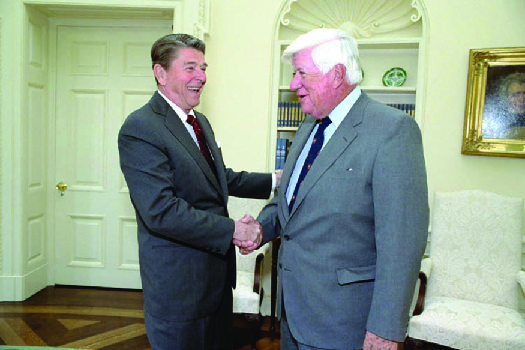| << Chapter < Page | Chapter >> Page > |
Clearly, the parties’ willingness to work together and compromise can be a very good thing. However, the past several decades have brought an increased prevalence of divided government. Since 1969, the U.S. electorate has sent the president a Congress of his own party in only seven of twenty-three congressional elections, and during George W. Bush’s first administration, the Republican majority was so narrow that a combination of resignations and defections gave the Democrats control before the next election could be held.
Over the short term, however, divided government can make for very contentious politics. A well-functioning government usually requires a certain level of responsiveness on the part of both the executive and the legislative branches. This responsiveness is hard enough if government is unified under one party. During the presidency of Democrat Jimmy Carter (1977–1980), despite the fact that both houses of Congress were controlled by Democratic majorities, the government was shut down on five occasions because of conflict between the executive and legislative branches.
For the first few decades of the current pattern of divided government, the threat it posed to the government appears to have been muted by a high degree of bipartisanship , or cooperation through compromise. Many pieces of legislation were passed in the 1960s and 1970s with reasonably high levels of support from both parties. Most members of Congress had relatively moderate voting records, with regional differences within parties that made bipartisanship on many issues more likely.

For example, until the 1980s, northern and midwestern Republicans were often fairly progressive, supporting racial equality, workers’ rights, and farm subsidies. Southern Democrats were frequently quite socially and racially conservative and were strong supporters of states’ rights. Cross-party cooperation on these issues was fairly frequent. But in the past few decades, the number of moderates in both houses of Congress has declined. This has made it more difficult for party leadership to work together on a range of important issues, and for members of the minority party in Congress to find policy agreement with an opposing party president.

Notification Switch
Would you like to follow the 'American government' conversation and receive update notifications?